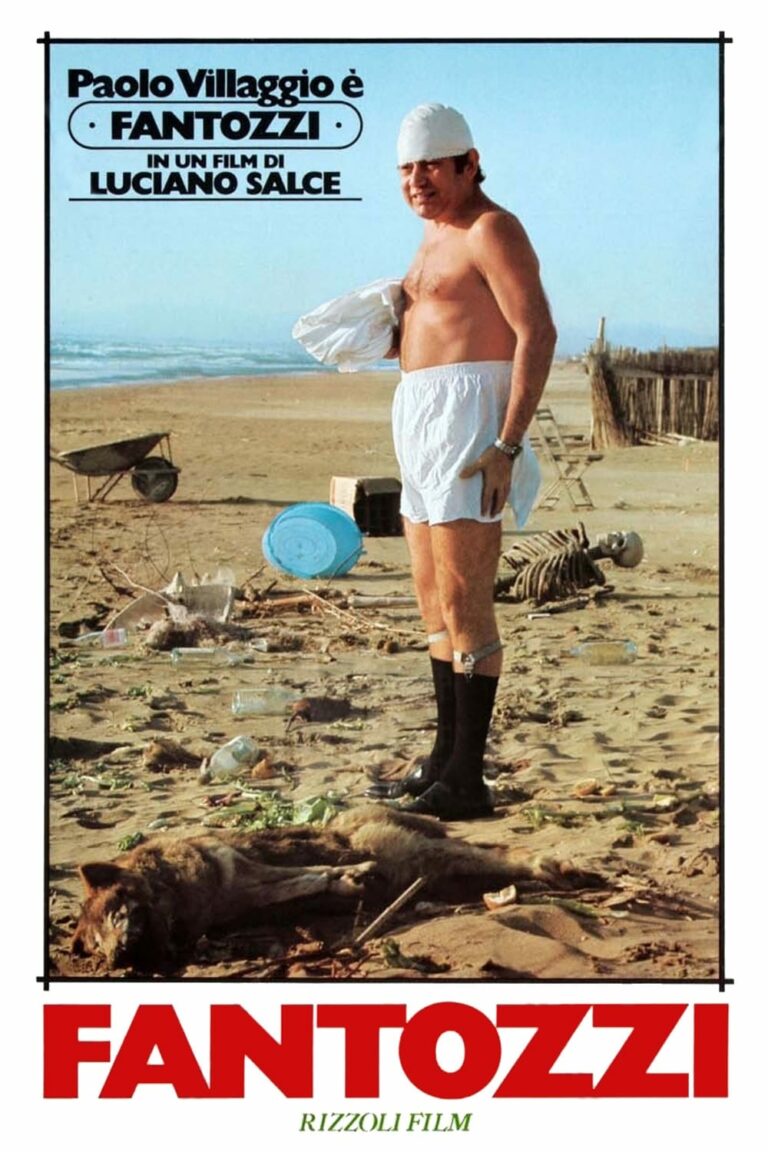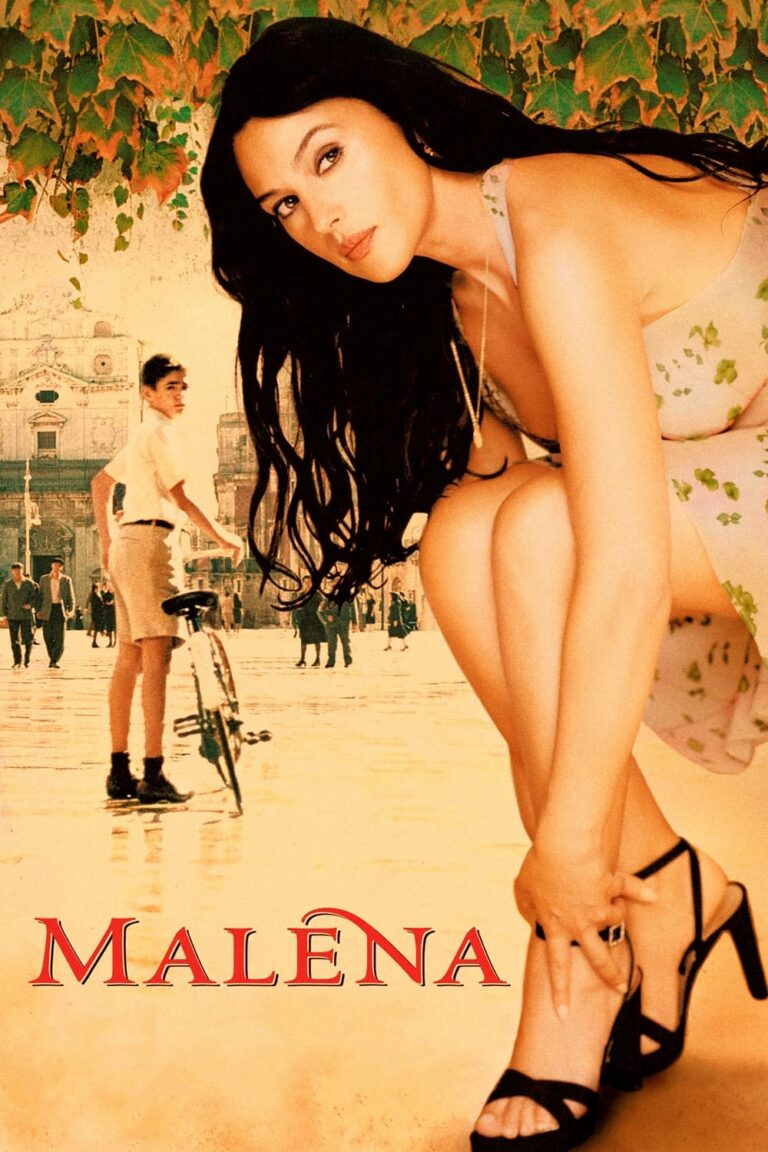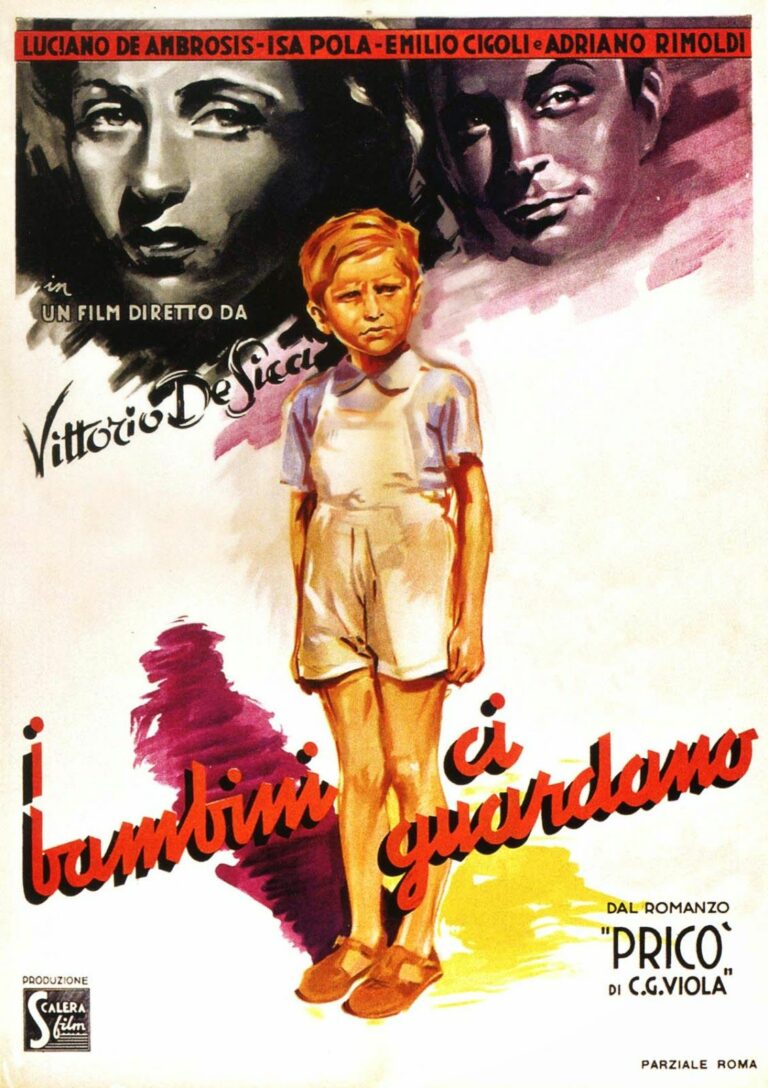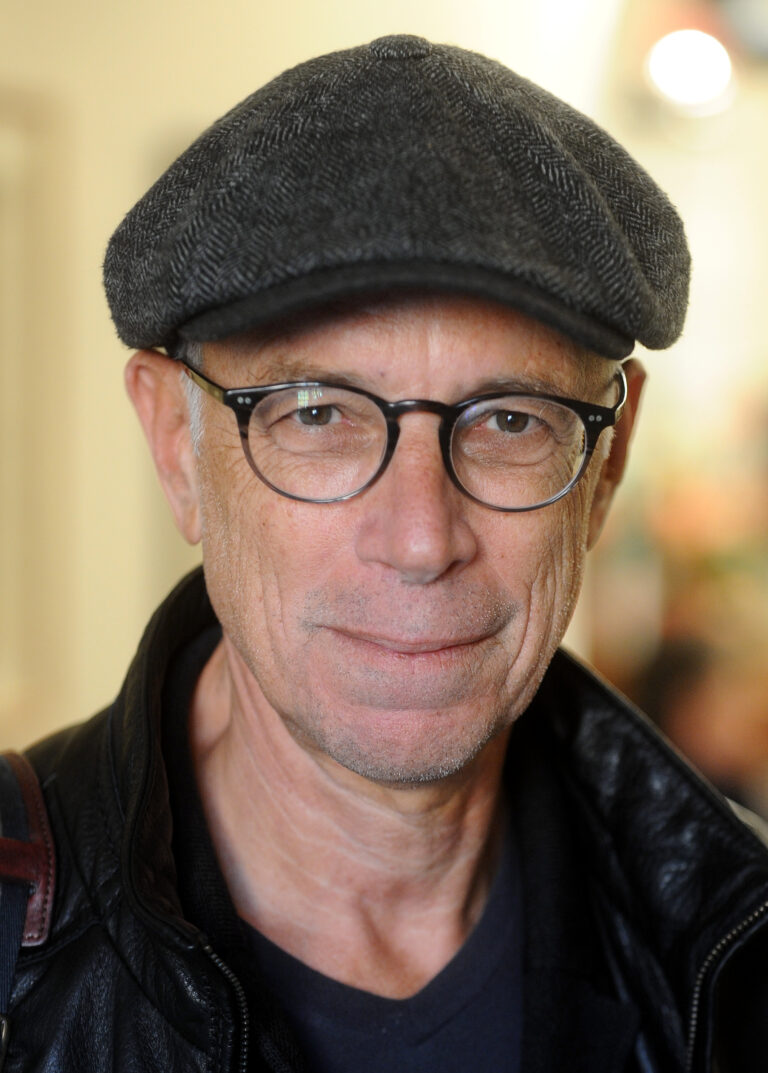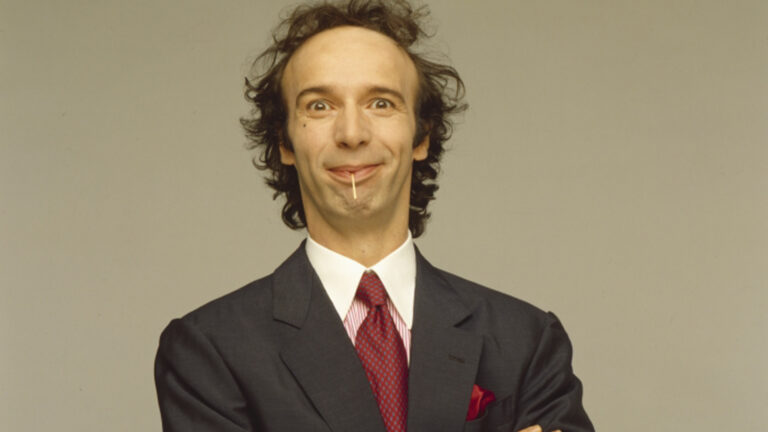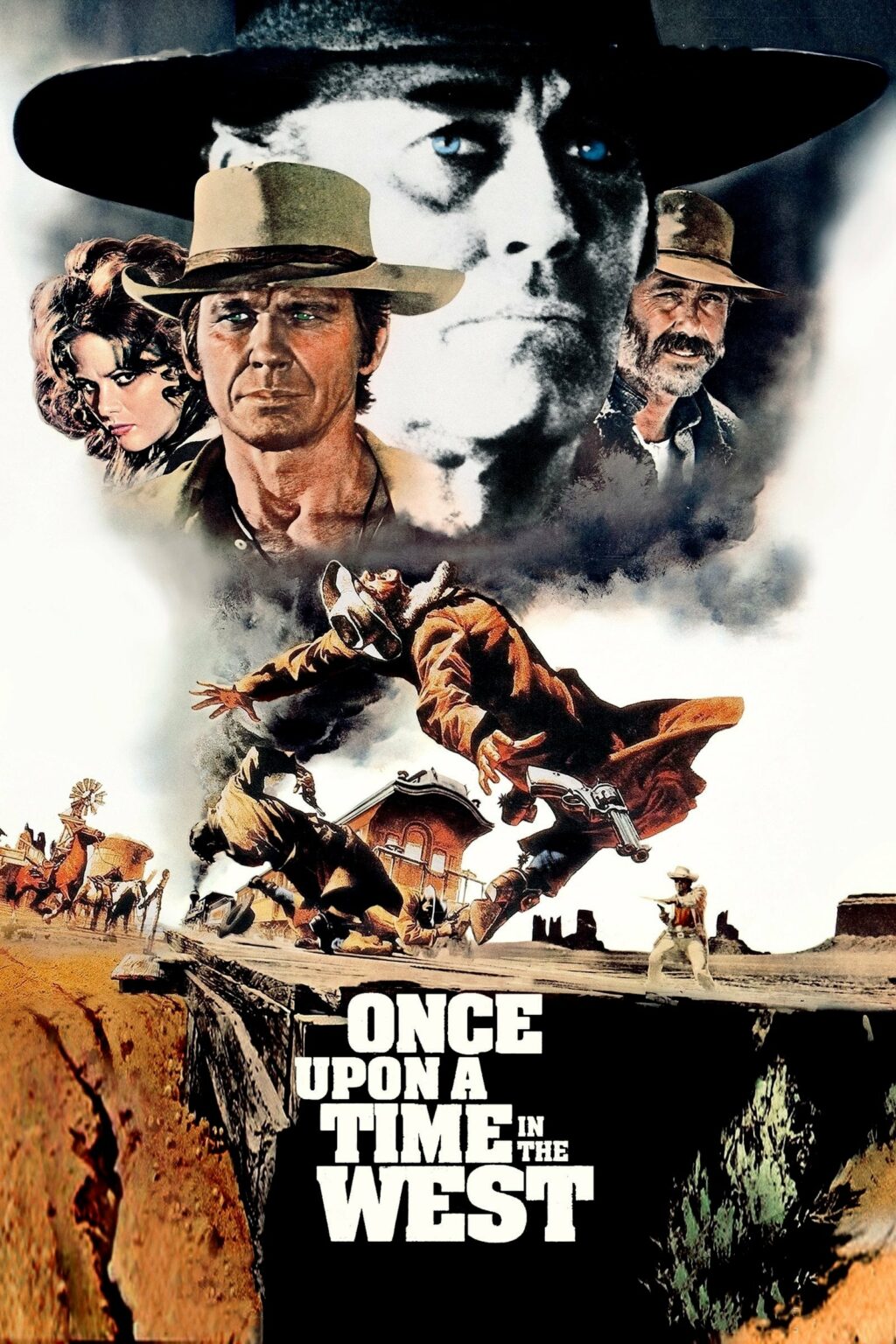
Once Upon a Time in the West (C’era una volta il West), directed by the legendary Sergio Leone, is a 1968 spaghetti western that redefined the genre and left an indelible mark on cinema. With a haunting score by Ennio Morricone, a star-studded cast including Henry Fonda, Charles Bronson, Claudia Cardinale, and Jason Robards, and a meticulously crafted narrative, the film is widely regarded as one of the greatest westerns ever made.
This article explores the film’s plot, themes, cinematic innovations, and its enduring legacy in global cinema.
Table of Contents
- Introduction to Once Upon a Time in the West
- Plot Summary
- Themes in the Film
- The End of the Old West
- Revenge and Justice
- The Role of Women in the West
- Iconic Performances
- Sergio Leone’s Vision
- The Legendary Score by Ennio Morricone
- Cinematography and Visual Style
- Reception and Legacy
- Influence on Modern Cinema
- Frequently Asked Questions
1. Introduction to Once Upon a Time in the West
Released in 1968, Once Upon a Time in the West is a cinematic epic that blends the grandeur of the American West with the stylized storytelling of Italian cinema. Sergio Leone’s ambitious project transcends the traditional Western by weaving a story filled with morally complex characters, sweeping landscapes, and an atmospheric tension that is unmatched.
The film was Leone’s first installment in his Once Upon a Time trilogy, followed by Duck, You Sucker! (A Fistful of Dynamite) and Once Upon a Time in America. Despite initial mixed reviews, it has since been celebrated as a masterpiece.
2. Plot Summary
The story unfolds in the American frontier during the waning days of the Wild West. It centers around four main characters whose lives intersect in a tale of revenge, greed, and the relentless march of progress:
- Jill McBain (Claudia Cardinale): A widow who inherits a valuable piece of land where a future railroad station will be built.
- Frank (Henry Fonda): A ruthless killer hired by a railroad tycoon to eliminate anyone who stands in their way.
- Harmonica (Charles Bronson): A mysterious drifter with a haunting melody and a vendetta against Frank.
- Cheyenne (Jason Robards): An outlaw falsely accused of massacring Jill’s family.
The narrative revolves around Jill’s struggle to protect her land, Harmonica’s quest for vengeance, and Cheyenne’s fight for redemption. The film’s climax is an unforgettable duel between Harmonica and Frank, where long-buried truths come to light.
3. Themes in the Film
The End of the Old West
Leone’s film portrays the transformation of the untamed frontier into a more industrialized and modernized society. The expansion of the railroad symbolizes progress, but also the loss of freedom and individuality that defined the Old West.
Revenge and Justice
The theme of revenge is central to the story, particularly in Harmonica’s journey to confront Frank. However, Leone complicates the idea of justice, presenting it as a deeply personal and morally ambiguous pursuit.
The Role of Women in the West
Jill McBain represents a break from the stereotypical portrayal of women in Westerns. She is resourceful, resilient, and plays a central role in the narrative, embodying the spirit of survival and progress.
4. Iconic Performances
Henry Fonda as Frank
In a career-defining role, Fonda shatters his usual good-guy persona to play a chillingly ruthless villain. His cold blue eyes and quiet menace make Frank one of cinema’s most memorable antagonists.
Charles Bronson as Harmonica
Bronson’s enigmatic performance as Harmonica is a study in understated intensity. His character’s haunting presence and sparse dialogue add to the film’s mystique.
Claudia Cardinale as Jill McBain
Cardinale delivers a nuanced performance, portraying Jill as both vulnerable and fiercely determined. Her character becomes the emotional core of the film.
Jason Robards as Cheyenne
Robards brings charm and depth to the role of Cheyenne, an outlaw with a moral code. His scenes with Jill and Harmonica provide moments of humor and poignancy.
5. Sergio Leone’s Vision
Leone’s direction in Once Upon a Time in the West is a masterclass in cinematic storytelling. Known for his deliberate pacing and operatic style, Leone uses long takes, extreme close-ups, and sweeping vistas to create a visual and emotional experience.
His ability to build tension is unparalleled, as seen in the iconic opening sequence at the train station, where every sound and movement is meticulously orchestrated to heighten suspense.
6. The Legendary Score by Ennio Morricone
Ennio Morricone’s score is integral to the film’s success. Each character is accompanied by a distinctive musical theme:
- Harmonica’s ghostly refrain underscores his mysterious and vengeful nature.
- Frank’s ominous theme amplifies his malevolence.
- Jill’s lyrical melody conveys her strength and humanity.
Morricone’s music transcends the screen, becoming an essential part of the narrative itself.
7. Cinematography and Visual Style
Cinematographer Tonino Delli Colli captures the grandeur of the American West with breathtaking landscapes and dynamic compositions. The use of wide-angle shots contrasts with Leone’s signature close-ups, emphasizing both the vastness of the frontier and the intimacy of human conflict.
8. Reception and Legacy
Although it received mixed reviews upon release, Once Upon a Time in the West has since been hailed as a masterpiece. Its themes, characters, and innovative style have influenced countless filmmakers and earned it a place in the pantheon of great films.
The film was selected for preservation in the United States National Film Registry, recognizing its cultural, historical, and aesthetic significance.
9. Influence on Modern Cinema
The film’s impact is evident in the works of directors such as Quentin Tarantino, Martin Scorsese, and Christopher Nolan. Its narrative complexity, visual storytelling, and use of music have become benchmarks for cinematic excellence.
10. Frequently Asked Questions
What is Once Upon a Time in the West about?
The film explores themes of revenge, progress, and survival as characters navigate personal conflicts amid the transformation of the American West.
Who directed Once Upon a Time in the West?
The film was directed by Sergio Leone, a pioneer of the spaghetti western genre.
Why is Henry Fonda’s role significant?
Fonda’s portrayal of the villain Frank marked a dramatic departure from his usual heroic roles, showcasing his versatility as an actor.
What is the significance of the harmonica?
The harmonica symbolizes Harmonica’s haunting past and serves as a tool for building suspense and revealing his motives.
Why is the score by Ennio Morricone so iconic?
Morricone’s score complements the film’s narrative, with character-specific themes that enhance emotional depth and tension.
Is Once Upon a Time in the West part of a series?
While not a direct sequel, it is the first installment in Leone’s Once Upon a Time trilogy, followed by Duck, You Sucker! and Once Upon a Time in America.
Conclusion
Once Upon a Time in the West is more than just a Western; it is a cinematic masterpiece that transcends genres. With its unforgettable characters, innovative storytelling, and haunting music, the film continues to captivate audiences and inspire filmmakers worldwide. Sergio Leone’s magnum opus remains a testament to the power of cinema to explore the complexities of human nature and the inexorable march of time.
